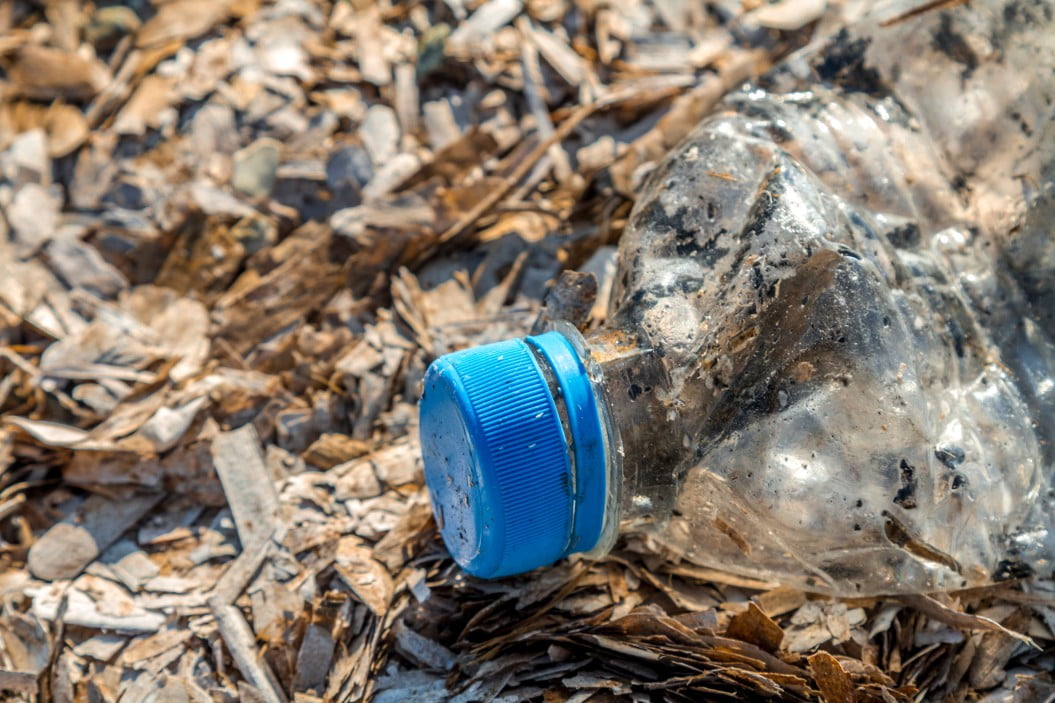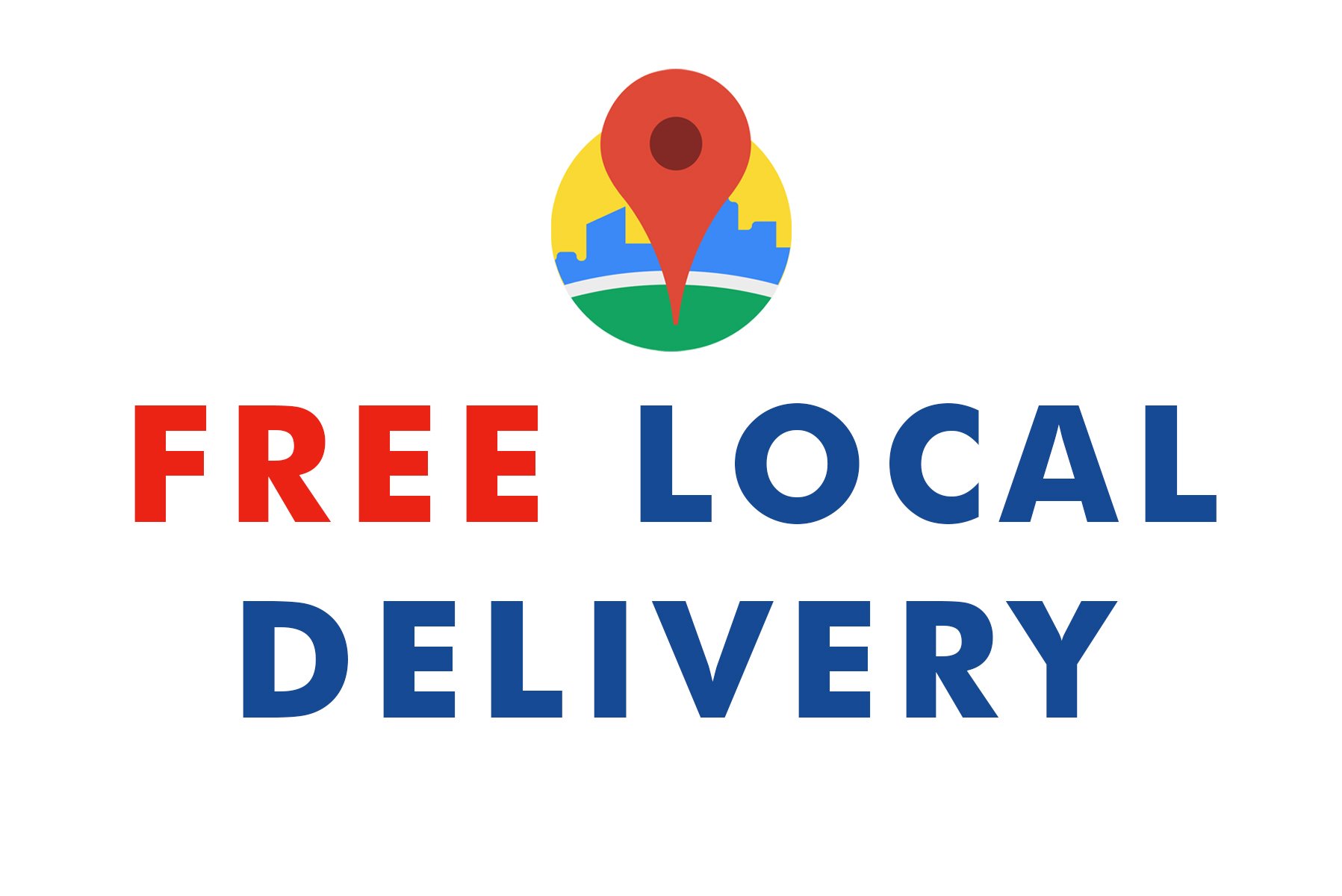
Save your business money and cut down on plastic waste today with this simple guide.
Plastic pollution is one of the biggest environmental threats of our time. Each year the world is producing approximately 300 million tons of plastic – half of this is manufactured for single use purposes but can exist on the planet as waste for hundreds of years. This plastic waste is having harmful effects on our environment, killing wildlife, and contaminating our seas. In fact, approximately 8 million pieces of plastic find their way into our oceans daily.
Reducing plastic waste generated by your business delivers obvious benefits for the environment, but did you know it makes good business sense too? There are many business benefits to be derived from using less plastic, including: cost savings, efficiency improvements, enhanced brand reputation, more engaged employees, and increased sales. Research also shows that customers today strongly believe that doing something good for the world should be part of a company’s core business plan. There’s literally nothing to lose – except the plastic.
Plastic Free July
This is a global initiative that encourages everybody to do what they can to reduce their use of plastic, particularly of single-use plastics such as water bottles, straws, and carrier bags. They have loads of ideas on their website for any individual or company who wants to get involved. Last year, an incredible 120 million people across 177 countries joined in. Could you or your business take part this July?
So, how does a business look at reducing its plastic use? Follow our simple steps below to get started:
1) Conduct a Waste Audit
The best place to start when looking to reduce plastic waste within business is with an audit. What is the extent of plastic usage within your business? How much of this could be eliminated entirely? What percentage is recycled? Could product designs be amended to reduce the use of plastic? Carry out an assessment to see where and why you use plastic items. Then make notes on changes that can be made to eliminate plastic use from your workplace – tackle the easy changes first, then put plans in place to make the harder changes over the coming months.
2) Switch to Non-Plastic Alternatives
There are a variety of non-plastic packaging alternatives available on the market. Swapping over can help you lower the amount of plastic you’re using. Examples include:
- Cardboard based loose fill
- Paper bubble wrap
- Paper based tape
- Paper based mailing bags.
Here at Agritel, we stock and sell a good selection of paper packaging that can be used as a suitable substitute for plastic packaging. All our paper packaging range can be purchased online here.
The use of plastic in transit packaging is certainly not something we can get rid of immediately, but businesses can have a major impact on the weight of plastic transit packaging they use if they move to the new generation of thinner, high performance pallet wraps. For example, switching from a 23-micron thick film to an 11-micron film will reduce the amount of plastic used by over 50% – a massive reduction. The thinner high-performance film may be a little more expensive per roll than a traditional wrap, but because much less is applied there is usually a substantial cost saving. Find all our pallet wrapping products here.
Similarly, if you are applying shrink-wrap to protect and preserve your products the opportunity to down gauge is probably also there. Do you really need a 200-micron conventional shrink-wrap, or would a higher performance 150-micron grade do the job just as well? The switch would mean cost reductions and 25% less plastic used.
3) Talk to Your Staff
Could your staff or colleagues do more to reduce their use of plastic? It is important to encourage good recycling in the workplace. For example, bringing in reusable water bottles and wrapping sandwiches in recyclable material or reusable containers rather than clingfilm.
Other considerations are:
- Reuse stationery, binders, and folders
- Choose sustainable and reusable products
- Create a recycling area.
Top tip: Ask your team for ideas on how to reduce plastic in their roles. Also, consider gifting reusables to your employees, such as coffee cups, water bottles and lunchboxes.
4) Use Positive Signage
It’s easy for staff and customers to forget to bring their own bags or to pop their rubbish in the correct recycling bin. Consider popping up positive posters reminding others to do their bit to help the environment.
5) Talk to Your Suppliers
If you work with suppliers, request that they use plastic-free or less plastic in their packaging. Buy in bulk wherever possible and in concentrated amounts if available.
Conclusion
In the long term, we will need to find innovative ways to replace plastics with reusable alternatives. In the meantime, we believe we all have a moral obligation to do everything we can to reduce plastic consumption. The business benefits of reducing plastic waste are:
- Save money – Many of the disposable items we see being used in business can be replaced with reusable items which will save on cost
- Reduce your waste disposal costs – Businesses face high costs for disposing of plastic and other materials. Reducing the waste generated will help save your business money
- Attract eco-friendly customers – There a more and more green consumers that are more likely to buy from a business that’s actively trying to do the right thing for the planet
- Get rid of future litigation – Businesses that continue to generate plastic waste with no significant reduction efforts face serious risk of litigation in the future.
Agritel supplies a complete range of thin high-performance films for hand and machine application. We can help most businesses to reduce their plastic use and save money at the same time. Call us now on (01691) 671 496 to arrange a weighing trial to see just how much you can help our environment and how much you can save.

